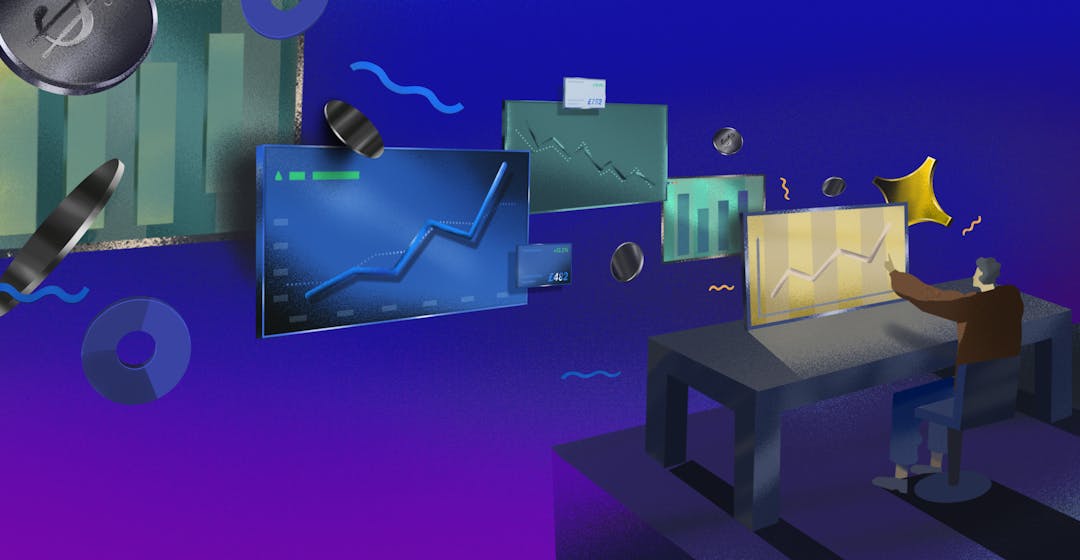Most product-led SaaS companies initially resist the idea of going upmarket. I’ve heard companies say things like “we’ll never have a sales team”. That they’re product-led all the way. But over time, as more employees from a large company become interested in your products, you'll be dragged into selling upmarket whether you like it or not.
The journey starts with individuals from a large company using your product. Maybe a few smaller teams start signing up. Then, one of two things happens:
- You start to proactively identify these individuals and small teams using your product, and look to sell into them and grow their usage further.
- Or you are forcibly dragged upmarket when a bigger team or enterprise in question comes to you asking for hundreds, if not thousands of additional seats.
No matter how you get there, selling to bigger teams and businesses brings a whole new set of challenges for your revenue delivery.
A different way of buying
Larger companies have different expectations compared to individual consumers or small companies buying software. For a start - they expect to speak to people during the buying process.
Madness, right?
Their procurement teams will look to negotiate better prices, while legal teams will want to check and discuss your Ts & Cs. Rather than taking payments online, you’ll need to support invoicing and wire transfers – which calls for a larger finance and operations team to deal with the increased workload. Compliance becomes even more important, as enterprise and big business suppliers are expected to have specific standards like SOC2 in place.
These processes become table-stakes, not just nice-to-haves. Without them, enterprises might dismiss you as being too small or immature to trust with their business. Or they could be prevented from doing business with you because you don’t let customers pay on receipt of an invoice. Suddenly, something as particular as not providing tax-compliant invoicing could result in you not being able to work with them at all.
In my experience working with thousands of SaaS businesses, those moving upmarket usually manage to get their go-to-market and product strategies in place quickly. They bring in dedicated enterprise salespeople and have enterprise-level features built into their products. Their revenue delivery strategy, though, doesn’t get a thought about until much later.
Implications for your revenue delivery infrastructure
When that happens, you have to throw people and resources at fixing problems around invoicing, reconciliation, setting up entities in different tax jurisdictions, etc. Any one of these things can block you from making sales in the meantime, and end up costing you a fortune in your efforts to get it done ASAP.
So, what does your revenue delivery strategy need to account for ahead of time to prevent you from falling into that responsiveness gap when moving upmarket?
Firstly, invoicing.
Are you ready to issue multi-line item, tax-compliant invoices to companies globally? Do you have a team in place to chase and reconcile these invoices when paid?
Then there are payment methods.
Are you ready to take wire transfers and cheques? These are the most common ways in which high-value invoices are paid. Large companies will expect this and are unlikely to be flexible for anything but the smallest of purchases.
Finally, tax.
Are you resourced to manage the tax implications of companies wanting to buy from you in a different country to where you are based? This is something that could be dictated by their legal structures. Make sure your revenue delivery strategy flexes to cover this.
Selling upmarket presents a great opportunity for growth but you need to get ahead of the needs of larger companies to ensure success. If you’re thinking about this, then you’re likely already scoping out your go-to-market strategy and your product strategy to support this move.
Don’t forget about your revenue delivery strategy. There really is no time like the present to get that scoped out too.




